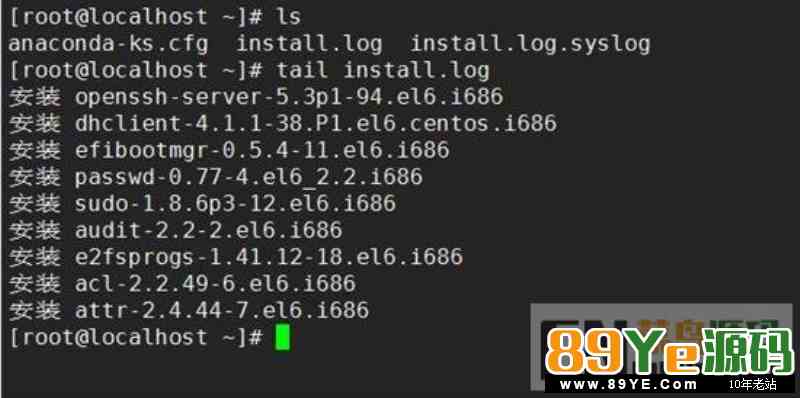跟head命令相反,tail命令是显示文件的最后几行,head和tail默认都是10行
命令名称
tail
所在路径
/usr/bin/tail
执行权限
所有用户
命令语法
tail [选项] [文件]
功能描述
显示文件最后几行
命令选项
长选项必须使用的参数对于短选项时也是必需使用的。
-c, --bytes=K 输出最后K 字节;另外,使用-c +K 从每个文件的第K 字节输出
-f, --follow[={name|descriptor}]即时输出文件变化后追加的数据。
-f, --follow 等于--follow=descriptor
-F 即--follow=name --retry
-n, --lines=K:output the last K lines, instead of the last 10;or use -n +K to output lines starting with the Kth --max-unchanged-stats=N with --follow=name, reopen a FILE which has not changed size after N (default 5) iterations to see if it has been unlinked or renamed (this is the usual case of rotated log files).With inotify, this option is rarely useful.
--pid=PID 同 -f 一起使用,当 PID 所对应的进程死去后终止
-q, --quiet, --silent不输出给出文件名的头
--retry 即使目标文件不可访问依然试图打开;在与参数
--follow=name 同时使用时常常有用。
-s, --sleep-interval=N with -f, sleep for approximately N seconds (default 1.0) between iterations.With inotify and --pid=P, check process P at least once every N seconds.
-v, --verbose:always output headers giving file names
--help 显示此帮助信息并退出
--version 显示版本信息并退出
命令实例
1、tail install.log,显示文件最后10行

2、tail -n 5 install.log,显示文件的最后5行

